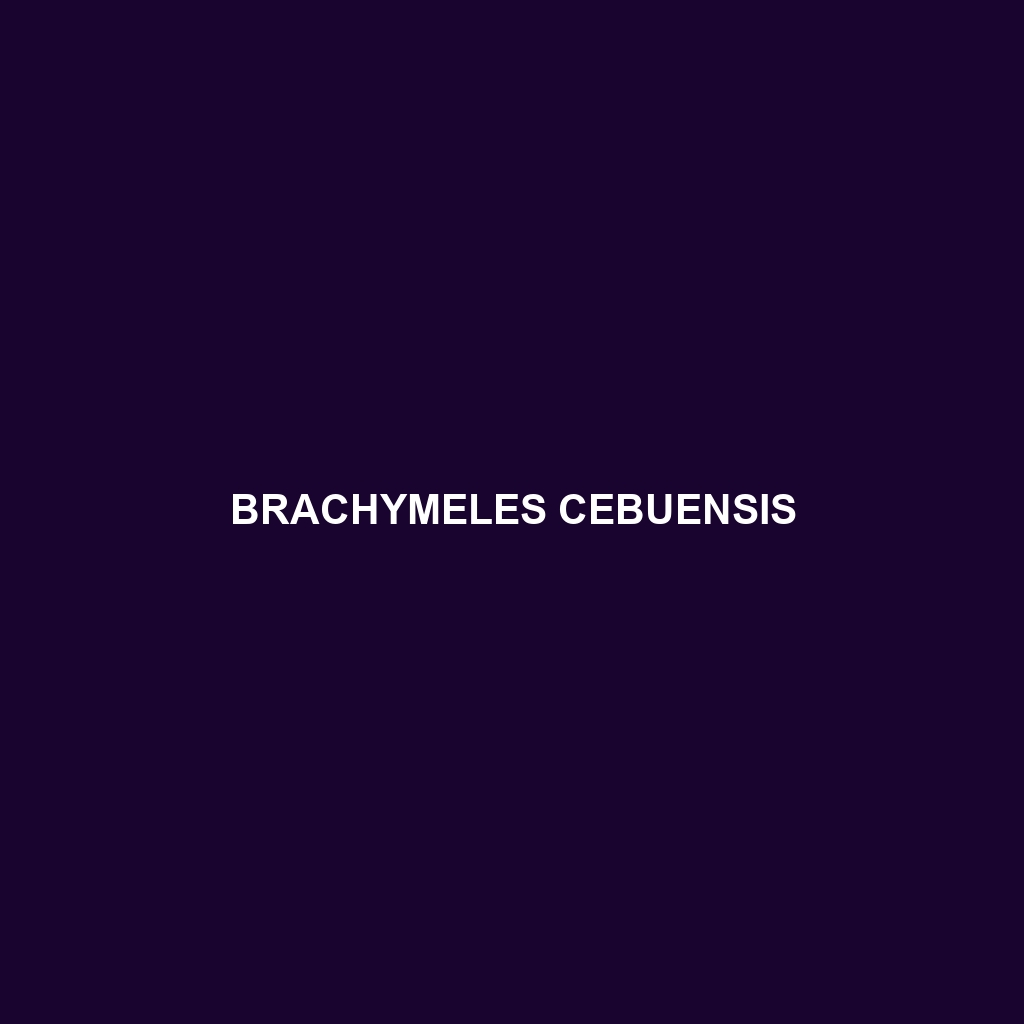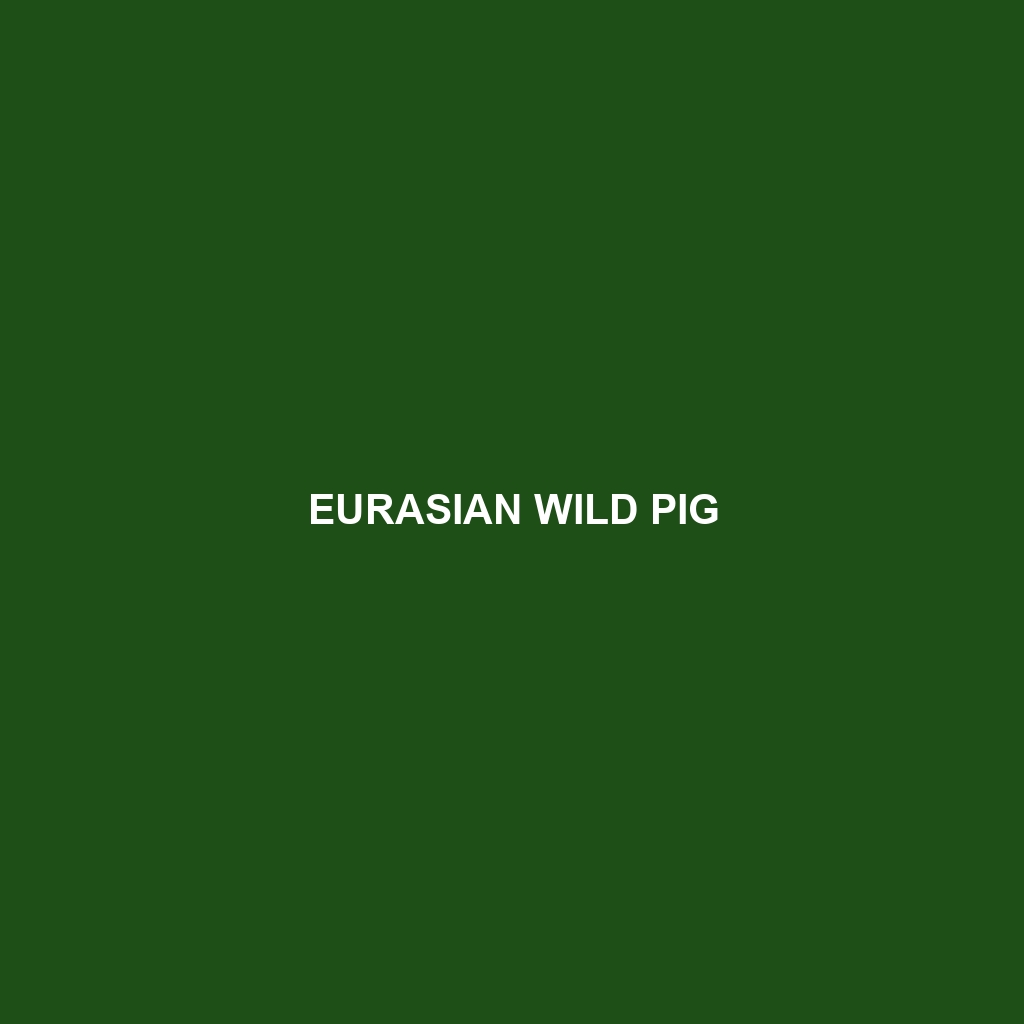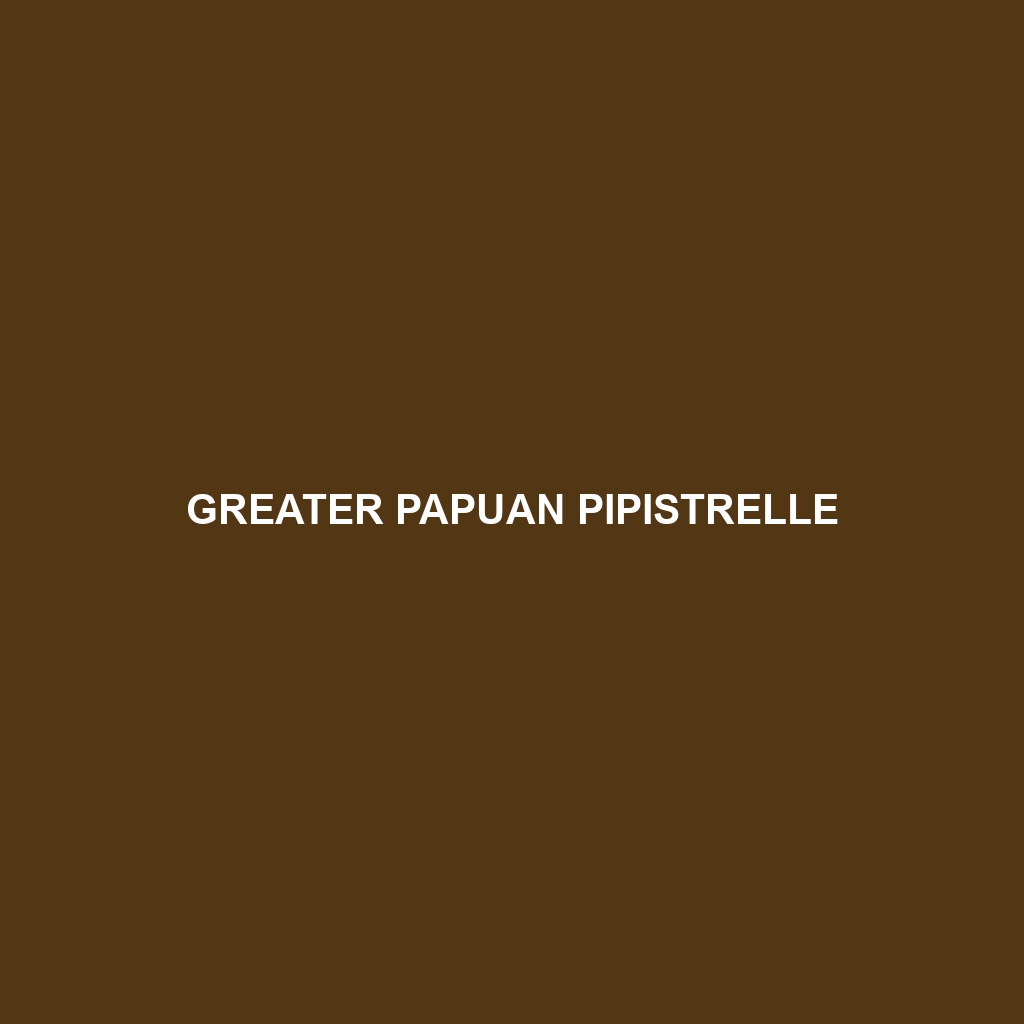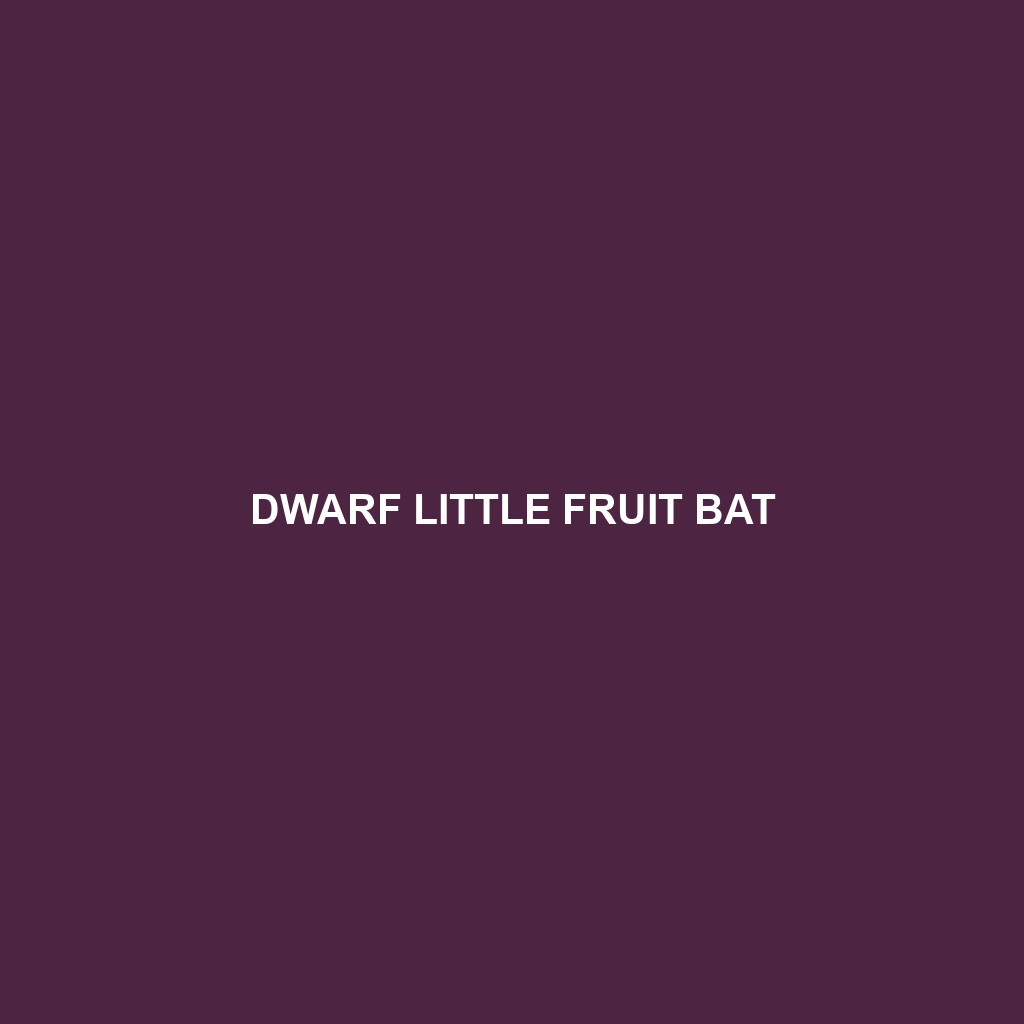<p><b>Sphenomorphus malaisei</b>, a medium-sized skink native to Southeast Asian rainforests, features a streamlined body measuring 15 to 25 cm and exhibits a rich brown to dark green coloration, aiding in its camouflage. This insectivorous species is known for its agility and unique defense mechanism of tail dropping when threatened, making it a crucial part of its ecosystem.</p>
Tag: lowland forests
Papuascincus phaeodes
Discover the Papuascincus phaeodes, a striking skink native to the tropical rainforests of Papua New Guinea, known for its slender body, rich brown coloration, and unique nocturnal behaviors. This insectivorous species plays a crucial role in its ecosystem by helping control insect populations while exhibiting fascinating reproductive traits and the ability to regenerate its tail.
Cyrtodactylus matsuii
Cyrtodactylus matsuii, a vibrant gecko native to the tropical forests of Malaysia and southern Thailand. Measuring 10 to 15 cm, this nocturnal insectivore features a slender body with light brown to grey coloration and dark spots, thriving in humid environments and playing a crucial role in maintaining ecological balance.
Calamaria schlegeli
Discover the intriguing Calamaria schlegeli, or Schlegel's snake, a slender, nocturnal species native to Southeast Asia's tropical forests, known for its unique camouflage and diet of small invertebrates. This vulnerable species plays a vital role in its ecosystem, aiding in the control of invertebrate populations and serving as a food source for larger predators.
Brachymeles cebuensis
<b>Brachymeles cebuensis</b>, known as the Cebu skink, is a <i>vulnerable</i> species endemic to the tropical forests of Cebu Island, Philippines. This nocturnal, burrowing skink measures 20 to 30 cm in length, features a streamlined body with reduced limbs, and primarily feeds on small invertebrates, playing a crucial role in its ecosystem.
Bachia barbouri
Discover the Bachia barbouri, or Barbour's Bachia, a slender, insectivorous reptile from the humid lowland forests of South America, featuring a distinctive brown to gray coloration that provides effective camouflage. This unique species plays a crucial role in maintaining ecological balance by controlling insect populations and serving as prey for larger predators.
Anolis robinsoni
The Anolis robinsoni, or Robinson's Anole, is a vibrant green lizard native to the humid tropical forests of the Lesser Antilles, reaching lengths of 10 to 15 cm. Known for its climbing agility and territorial behaviors, this species plays a crucial role in its ecosystem as an insectivore, while facing vulnerability due to habitat loss.
Eurasian Wild Pig
```html <p>Discover the unique Mindoro Warty Pig (<i>Sus barbatus</i>), an endangered species native to the Philippines' Mindoro Island. Known for its distinctive warts, this medium-sized wild pig thrives in diverse habitats, from montane forests to grasslands, and plays a vital role in maintaining ecological balance through its foraging behavior. Learn about its fascinating characteristics, diet, and the conservation efforts aimed at protecting this remarkable animal.</p> ```
Greater Papuan Pipistrelle
Discover the intriguing world of the Greater Papuan Pipistrelle, a small but vital bat species inhabiting the lush tropical forests of Papua New Guinea. With its unique adaptations for agile flight and echolocation, this nocturnal creature plays a crucial role in controlling insect populations and maintaining ecosystem health. Learn about its habitat preferences, diet, and conservation status in our latest blog post that sheds light on the importance of this fascinating bat.
Dwarf Little Fruit Bat
Discover the fascinating world of Fischer's Little Fruit Bat, a small but vital species thriving in the tropical forests of East Africa. Known for its nocturnal foraging habits and essential role as a seed disperser, this bat faces challenges from habitat loss and deforestation. Learn about its unique behaviors, physical characteristics, and the critical ecological contributions it makes in maintaining biodiversity within its habitat.









